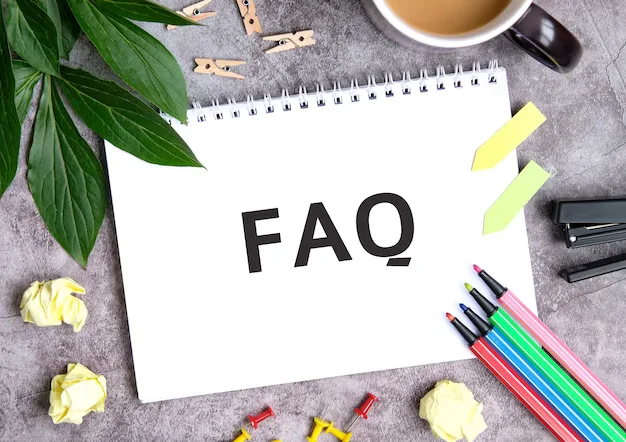
Elements of an Effective Work Culture
Clear Vision and Mission
A clear and compelling vision and mission provide employees with a sense of purpose and direction. When team members understand and share the organization's goals, they are more motivated to contribute to its success.
Open Communication
Open and transparent communication fosters trust and collaboration among team members. It encourages the sharing of ideas, feedback, and concerns, leading to better decision-making and problem-solving.
Employee Recognition and Appreciation
Recognizing and appreciating employees' efforts and achievements boosts morale and motivates them to maintain high performance. Regular recognition can take various forms, including verbal praise, awards, and incentives.
Work-Life Balance
Promoting a healthy work-life balance helps prevent burnout and ensures employees are engaged and productive. Organizations can support work-life balance through flexible work arrangements, wellness programs, and encouraging time off.
Professional Development
Investing in employees' professional development shows that the organization values their growth and potential. Providing opportunities for training, mentorship, and career advancement keeps employees motivated and committed to their roles.
Strategies to Foster an Effective Work Culture
Leadership and Management
Effective leadership is critical in shaping and maintaining a positive work culture. Leaders should lead by example, communicate the organization's values, and support their teams. Good managers foster a collaborative environment and empower employees to take ownership of their work. .
,
Team activities
Regular team-building activities strengthen relationships among team members and improve communication. These activities can range from team lunches and offsite retreats to workshops and collaborative projects. .
Creating a Collaborative Environment
Encouraging collaboration over competition helps build a cohesive team. Organizations can promote collaboration through open office layouts, collaborative tools, and fostering a culture of knowledge sharing. .
Incorporating Technology
Leveraging technology can enhance productivity and streamline workflows. Tools for project management, communication, and collaboration can help teams work more efficiently and stay connected, even in remote work settings. .
Measuring the Impact of Work Culture on Productivity
Employee Surveys and Feedback
Conducting regular employee surveys and seeking feedback helps gauge the effectiveness of the work culture. Understanding employees' perspectives on the work environment, management, and overall satisfaction provides valuable insights for improvement.
Productivity Metrics
Tracking productivity metrics such as task completion rates, project timelines, and quality of work helps measure the impact of work culture on team performance. These metrics provide quantifiable data to assess productivity levels.
We collaborate closely with you to refine the design, making any necessary adjustments to ensure it meets your needs and expectations. This iterative process allows us to fine-tune every detail and ensure that the final design is exactly what you envisioned.
Retention Rates
High employee retention rates are often indicative of a positive work culture. Monitoring retention rates and understanding the reasons behind employee departures can help identify areas for cultural improvements.
Boosting team productivity through an effective work culture requires a comprehensive approach. Organizations must prioritize clear communication, employee recognition, work-life balance, and professional development. By fostering a positive work culture, companies can enhance employee satisfaction, drive innovation, and achieve long-term success. As demonstrated by successful companies, a strong work culture is a crucial factor in maintaining high productivity and attracting and retaining top talent. Investing in work culture is not just a human resources initiative; it is a strategic imperative for organizational growth and sustainability.
Frequently Asked Questions
Yes, you can view a portfolio of Safehand Interio's previous projects on their website. They also provide case studies and testimonials from satisfied clients to showcase their expertise and design capabilities.
You can contact Safehand Interio via their website, email, or phone. Their customer service team is available to answer any questions and assist with booking a consultation.
Yes, Safehand Interio offers virtual design consultations for clients who prefer remote interactions. This service allows clients to discuss their design needs and receive professional advice from the comfort of their homes.
The duration of an interior design project depends on its scope and complexity. Safehand Interio provides an estimated timeline during the planning phase and works diligently to complete projects within the agreed timeframe.
Yes, Safehand Interio offers comprehensive project management services to ensure seamless execution of the design plan. This includes coordinating with contractors, overseeing construction, and ensuring timely completion of the project.
 style="translate: none; rotate: none; scale: none; opacity: 1; transform: translate(0px, 0%);">
style="translate: none; rotate: none; scale: none; opacity: 1; transform: translate(0px, 0%);">